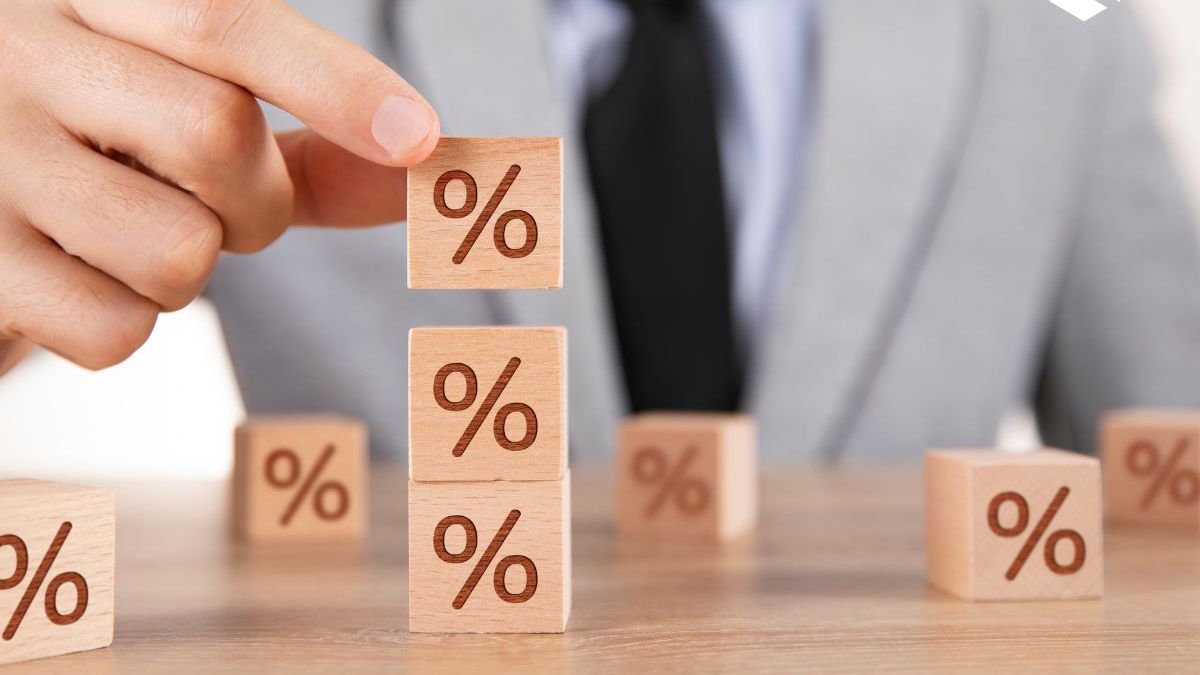The official inflation data for April will be released this Friday and private analysts expect it to be between 7.3% and 8%, broadly speaking, similar to the level of March, when it was 7.7%. . Faced with this situation, the market begins to speculate about What decision could the Central Bank (BCRA) make? in terms of monetary policy, above all, taking into account that, after the last two data on price developments (the CPI) published by the National Institute of Statistics and Censuses (INDEC), the regulator raised rates responsively. However, some elements of macroeconomics open up the possibility that, in this case, it might not move in that direction.
Thus, as maintained by the economist from the University of Avellaneda Paul Ferrari“this decision will be, in the first place, subject to the magnitude that the CPI reaches” and points out that, if it is located at a level similar to the effective monthly rate (TEM) in force for traditional fixed terms, it could not advance with a new adjustment during the remainder of the current month.
It should be remembered that, towards the end of April, the BCRA adjusted the rates by 1,000 basis points and the brought the nominal annual rate (TNA) to 91%, with a effective monthly return (the TEM) around 7.5% and an annual effective interest (TEA) of 141%. This would indicate that, if last month’s inflation is around 7.5%, the Central could not advance with a new rise during the remainder of the current month.
Fixed term rate: inflation will be decisive
In a similar sense, the economist from Econviews points out Alejandro Giacoiawho maintains that, from the consultancy, they hope “that the current 91% will be maintained until November” and that, just in December, it could rise again in the framework of a change of government.
However, it clarifies that this would be applicable in the event that the Government manages to maintain the inflationary course without major changes with respect to the levels registered last monthbut that, if that does not happen, and “in the middle there is an increase in inflation, which would make it go up another notch (around 8%), an adjustment of the rates could indeed arrive”.
On the other hand, the economist from the Scalabrini Ortiz Center for Economic Studies, Federico Zirulnik, is more exhaustive when he maintains that, “If inflation in April is, as many analysts expect, in line with the 7.8% that was reported in CABA, a rate hike of between 400 and 500 points will be needed basics to tie it, which would take it to a TNA of 95% or 96% ”.
However, Ferrari points out that, Before making a decision in this sense, it is necessary to take into account the contribution of rates to the inflationary process. In this regard, he explains that, although in the current dynamics, it is noted that interest rates are values that, initially, are impacted by the general dynamics of the rest of the prices (which, when taken as a whole, , we call inflation); Secondly, the rates are not an effect, but a cause of the increase in the rest of the indexing variables of the economy.
A dangerous vicious circle is hidden in the rise in rates
Thus, Ferrari describes a cyclical phenomenon, which is due to the fact that the rise in rates, although it improves the performance of investments and financial instruments, they also increase the cost of credit as a side effect. This makes the financing lines of families more expensive, but also those of companies, which tend to transfer this increase to prices.
So, he warns that, although “the International Monetary Fund (IMF) demands positive real ratesand that, in a first phase, would imply higher inflation, in a second, it would generate a recessive impulse”, due to an increase in the cost of credit, which affects consumption and the conditions of production and supply of products.
Consequently, it is true that the BCRA it has to bring rates into positive territory with respect to inflation in order, on the one hand, to comply with the IMF requirements in this regard, and, on the other, to direct the pesos towards savings and investment instruments in local currency and not towards the dollar. But it is also a reality that, as Ferrari points out, “permanently validating rate increases has negative aspects” in inflation and consumption, due to the direct effects that it generates in the variables of the economy, but also because, in some way, this behavior could be validating the expectation of an increase in the inflationary trend going forward.
So, the direction of macroeconomics, with a strong prevalence of price dynamicsand the needs that the regulator detects in this sense will define the monetary path forward.
Source: Ambito




